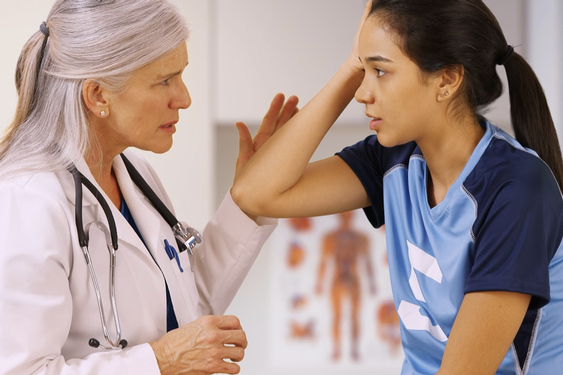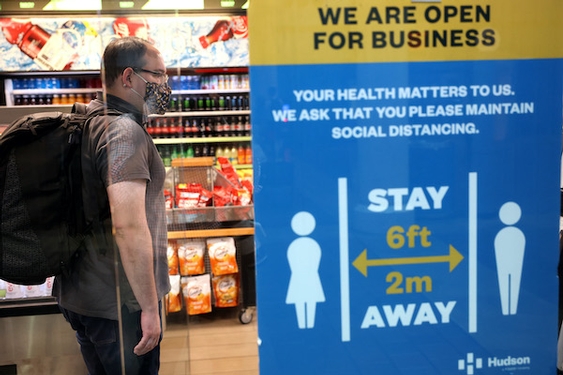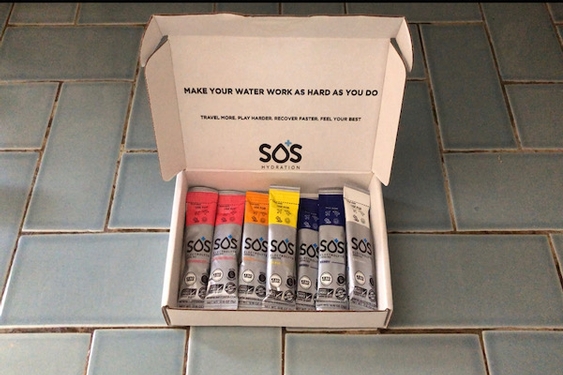Schools don’t receive nearly as much credit as they deserve. These institutions take responsibility for the well-being of hundreds of students every day. However, keeping your school prepared for an emergency might not be as straightforward as it seems. Moreover, budget cuts and logistics can often lead to subpar responses during emergencies.
Preparing your school for medical emergencies must always remain a priority. The students' needs must be taken into account. Good thing your school won’t have to be alone in this matter. As the old saying goes, it takes a village to raise a child. With the help of your community and a little creativity, your institution can rise to meet any emergency. After all, the best way to lead is through example.
The following are steps you can take to prepare your institution for medical emergencies:
1. Make The Most Of Your Registry
When students enroll in a school, their personal information is collected and stored. In general, these records contain items like addresses, past academic records, and others. Taking advantage of the gathering process can be your school’s first step toward preparedness.
All schools agree that knowledge is power. Your school can save time and budget by including a health form for students to update every year. These forms can include information on:
Allergies
Immunizations
Disorders
Disabilities
Prescribed medications regularly taken
With this information, the school will have a clear idea of what medical emergencies it is likely to face in the future. You may need to provide training and increase supplies to deal with sports injuries. Medicines that address most illnesses can be prepared. Moreover, certain food items may have to be replaced from your school’s meals.
Another area for improvement can be through the acquisition of life-saving devices like automated external defibrillators. Medical professionals and innovators like Rory Beyer have observed an increase in young students experiencing sudden cardiac arrest. The foresight to have these devices is all part of preparing for any emergency. Ultimately, the statistics from these forms can give your school a better idea of where to direct its medical budget.
2. Find Areas With Gaps
While the greatest concerns must be addressed first by your medical directives, the work doesn’t stop there. The information you’ve collected can also shine some light on student health issues that could potentially fall through the cracks.
Some examples can include disability access and medication intake. Moreover, mental health crises are seeing an increase in occurrences. Sometimes, the stress of studying and peer pressure can result in physical symptoms. Both physical and mental aspects may lead to medical emergencies that teachers won’t know how to respond to.
After assessing these areas, a plan of action has to be made. A possible best course of action is coordinating with the students’ parents. This means that you’re granted a deeper understanding of students’ needs while affirming to parents your commitment to their child’s welfare. Oftentimes, the most effective solution is the simplest.
No matter how uncommon a student’s condition may be, steps must be taken to protect them as well. Every student must be given consideration no matter what educational institution he or she belongs to.
3. Include Teachers And Staff
Medical professionals like nurses are a mandatory presence in any school. It’s assumed that any medical concerns are to be addressed by them. However, it’s important not to place responsibility for hundreds of students on a specific individual. When in school, every member of your staff can share the load.
Teachers typically receive some form of safety briefing before they receive their licensing. Your school can take the initiative and build on these certifications. Yearly workshops can serve to educate and empower your educators in the face of emergencies.
Some of the most crucial things they can learn are how to administer cardiopulmonary resuscitation and first aid. Having a fully certified staff means that someone is always present should a student need assistance.
Additionally, workshops on mental health are increasingly becoming necessary for any school setting. As such, your teachers can equip themselves to meet these emergencies with tact and care. After all, teachers with empathy and understanding can be an irreplaceable presence in a student’s life.
4. Get The Community Involved
Your school won’t have to carry the burden alone. Schools are an essential part of any community, so reaching out to various organizations can help you expand your coverage even further.
Nonprofit organizations or those with a specific focus on education can be great places to start. The resources they can provide will help your school keep up with the needs of its students.
Some organizations can offer counseling workshops or medical training for your staff. These public resources can be an invaluable asset to your school, especially when the budget is a matter not lightly taken. When in doubt, reach out.
Conclusion
While no one wants to experience a medical emergency at school, your school can face these challenges head-on. The combination of collected knowledge and tools you’ve prepared can show your commitment to your students’ well-being. Furthermore, empowering your teachers and employees can make them truly exceptional role models.












